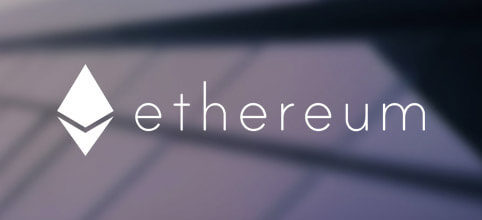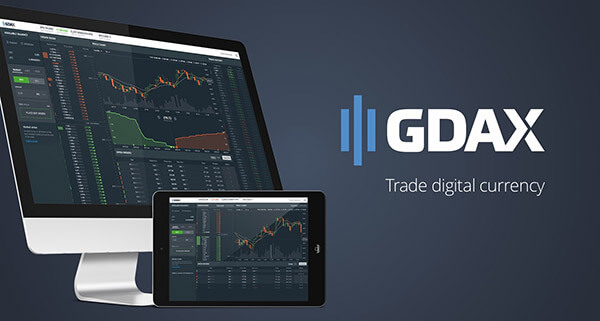 Coinbase Announces ERC20 Token Support – What Will This Mean For Crypto?
Coinbase Announces ERC20 Token Support – What Will This Mean For Crypto? Coinbase Announces ERC20 Token Support – What Will This Mean For Crypto?

Photo by SpaceX on Unsplash
Coinbase, one of the leading exchanges around the world and at one point, the number one app on the iPhone App store, has just announced that they will be providing support for ERC20 tokens.
The announcement came today via their official Twitter account at approximately 6:38 p.m. GMT on March 26th, 2018:
We’re excited to announce our intention to support the Ethereum ERC20 technical standard for Coinbase in the coming months.
We are not announcing support for any specific assets today.https://t.co/glAjG42tZD pic.twitter.com/S1tPXJcTGH
— Coinbase (@coinbase) March 26, 2018
In the article, the company states that:
“This paves the way for supporting ERC20 assets across Coinbase products in the future, though we aren’t announcing support for any specific assets or features at this time. We are announcing this both internally and to the public as consistent with our process for adding new assets.”
The implication of this announcement appears clear: Coinbase will be adding ERC20 tokens at some point in the future and the decision to make the announcement that they’re adding ERC20 support on their platform confirms this.
What are ERC20 Tokens?

For those that aren’t familiar with the term, “ERC20,” this refers to a host of tokens that were built through the smart contracting feature on Ethereum’s blockchain specifically.
It is technically referred to as the “Ethereum standard for tokens.”
What’s the Big Deal?
What makes this so substantial is the fact that Coinbase will now be able to add many of the more popular coins in the crypto-sphere. So, tokens such as; EOS, Tron, VeChain, Binance Coin, OmiseGO, Waltonchain, 0x, Golem, Dragonchain, and many more will be eligible for addition to the Coinbase platform.
For a full list of current ERC20 tokens, click on this link.
Which Ones Will They Pick?
Thus far, Coinbase has not released a definitive list of the ERC20 tokens that they plan on adding to their platform. So, any statements by individuals asserting that they have definitive “knowledge” of such are more than likely false.
However, they did confirm in their initial press release that they already have some coins that they have selected to be integrated into their platform and that their,
“Custody team is evaluating a set of assets to support for deposits and withdrawals.”
It’s important to note that their Custody team is an entirely different entity than the main exchange that most are familiar with, which is Coinbase (the one you can download from the app store).
The partitions of the Coinbase network are; Coinbase (the app), Coinbase Custody, GDAX (their exchange), and Coinbase Asset Management (where users can invest in an index).

For GDAX, the press release states that they will, “…wait for additional regulatory clarity before we decide which ERC20 assets to support on GDAX. Support for ERC20 will also give us a path to enabling the safe recovery of customer ERC20 assets inadvertently sent to GDAX Ethereum addresses.”
Coinbase states that the factors that will be considered for a Coinbase addition are; liquidity, price stability, and “other market health metrics.”
In November of 2017, Coinbase published the GDAX Digital Asset Framework, a guide containing factors that it takes into consideration when listing new assets.
Based on the above statements, there is no guarantee that a coin that is added to GDAX will also be added to the Coinbase main app. It appears that Coinbase Custody has a relatively low threshold for additions and that Coinbase Asset Management will receive additions automatically after they are first listed on GDAX.
Looking Forward

This move is one that investors expected from Coinbase as Brian Armstrong, CEO of Coinbase, stated several times prior throughout 2017 that the exchange was planning to add additional coins in the future.
In context, this seems to be a logical move for the exchange. Given their platform’s exposure as well as potential threats to their market share from companies like Robinhood, a rival investment app that deals with traditional currency, this move is unsurprising while surprising at the same time.
For the coins that do get listed on Coinbase, they should expect a vast surge in the amount of trading volume that they receive given Coinbase’s reach and popularity among novice investors. It is also likely that Coinbase will indirectly assist coins through listing them because the general public will more than likely see their additions as validation of their legitimacy.



 Farside Investors
Farside Investors 


 CoinGlass
CoinGlass 



























































































